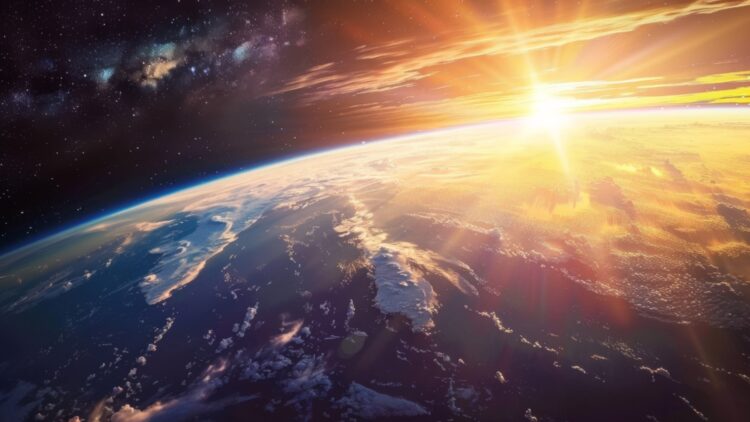We never think of oxygen as being a limited resource except when we are under water, but it turns out maybe we should be thinking about it in a different way, as scientists have already predicted that, at some point in the future, we will run out of oxygen and Earth will not be able to sustain life any longer. Of course that is a very daunting idea and none of us want to think about that day, especially considering the fact that we can create new oxygen now, but of sci-fi has taught us anything, it is that we need to be prepared for the worst.
It does sound like something out of a dystopian movie, a desolate planet with no trees, only dust in someone’s wake as they approach a ruin armed with an oxygen tank that they must use to survive… But despite the moviesque imagery, scientists have already confirmed that at some point, well in the future to be fair, the day will come and the planet’s oxygen will run out.
When will we be out of oxygen in planet Earth?
Well, the short answer, for now, is in a billion years, which should be enough for us to make other arrangements, but the long answer is a bit more complicated, especially considering the limited information and technology we have access to nowadays which makes solving this conundrum a bit harder than it will be in a few centuries. For now, what we have is a study published in the journal Nature Geoscience, led by environmental scientist Kazumi Ozaki.
In this study, Ozaki and the team of researchers working alongside have meticulously analyzed the evolution of gases in the atmosphere. They have done this through 400,000 simulations of climatic, biological, and geological systems, taking data from the past, the present and positing data for the future. And the conclusion they have come to is anything but reassuring.
The study is quite direct, “Earth’s modern atmosphere is highly oxygenated and is a remotely detectable signal of its surface biosphere. However, the lifespan of oxygen-based biosignatures in Earth’s atmosphere remains uncertain, particularly for the distant future.”
After using a “combined biogeochemical and climate model to examine the likely timescale of oxygen-rich atmospheric conditions on Earth”, they found that “The model projects that a deoxygenation of the atmosphere, with atmospheric O2 dropping sharply to levels reminiscent of the Archaean Earth, will most probably be triggered before the inception of moist greenhouse conditions in Earth’s climate system and before the extensive loss of surface water from the atmosphere. We find that future deoxygenation is an inevitable consequence of increasing solar fluxes, whereas its precise timing is modulated by the exchange flux of reducing power between the mantle and the ocean–atmosphere–crust system.”
In layman’s terms, this means that the rise in temperature from the Sun as it ages and prepares to die as a star will impact the Earth so much that the carbon dioxide in the atmosphere will be reduced and it will change the makeup of the air we breathe in such a significant way that it will be impossible for us or any other species that relies on oxygen to survive.
Luckily or not, this is not the first time in the planet’s history where this conditions have appeared, so we have something to study which could give us some insight into the future of our species as we know it. The Archean Eon, which happened 2.4 billion years ago, had similar environmental circumstances, as the atmosphere lacked free oxygen, compared to nowadays when it occupies 21% of the atmosphere. By studying this period and looking for alternative planets to move to, when, in a billion years the time comes, we might even be prepared to face the new normal

